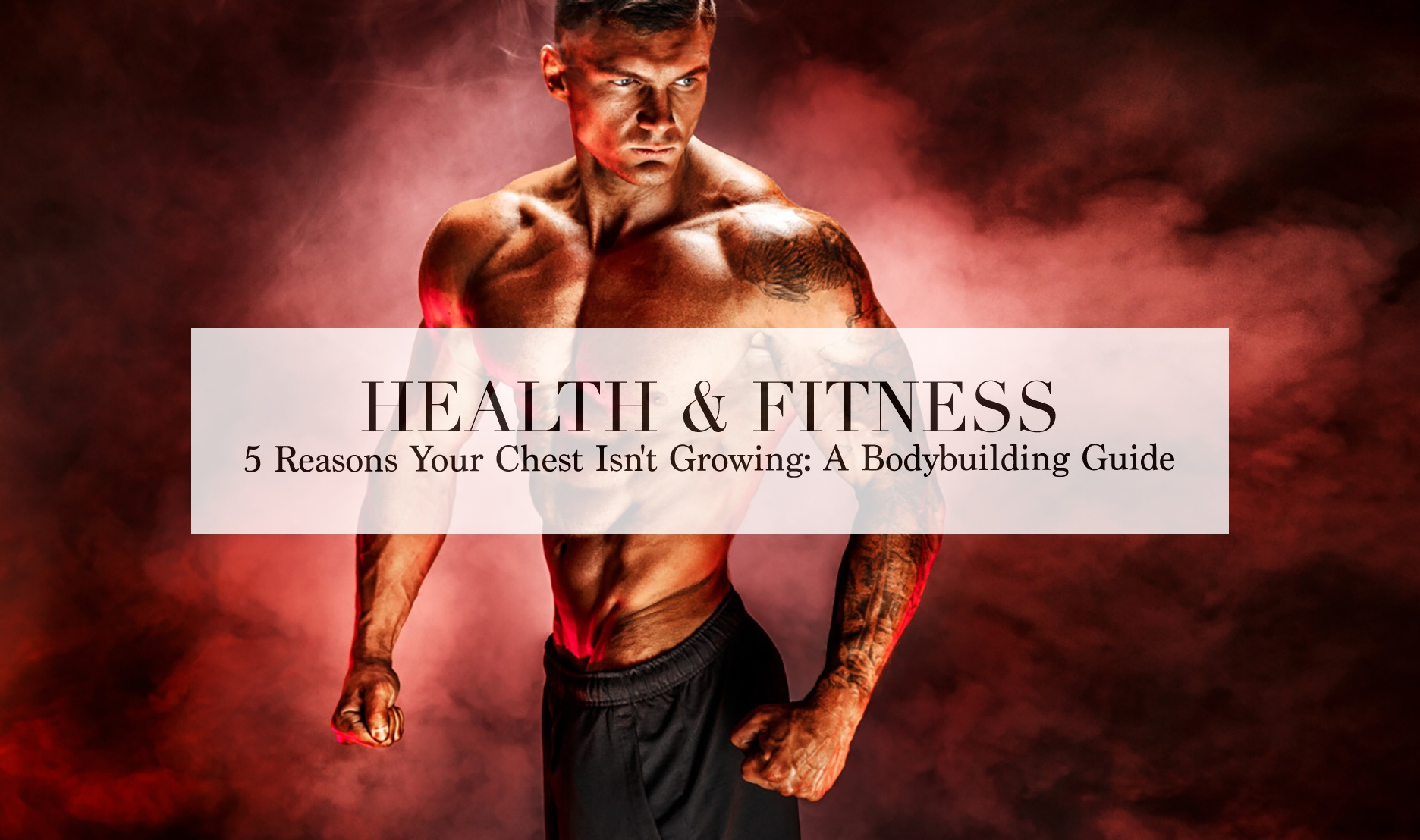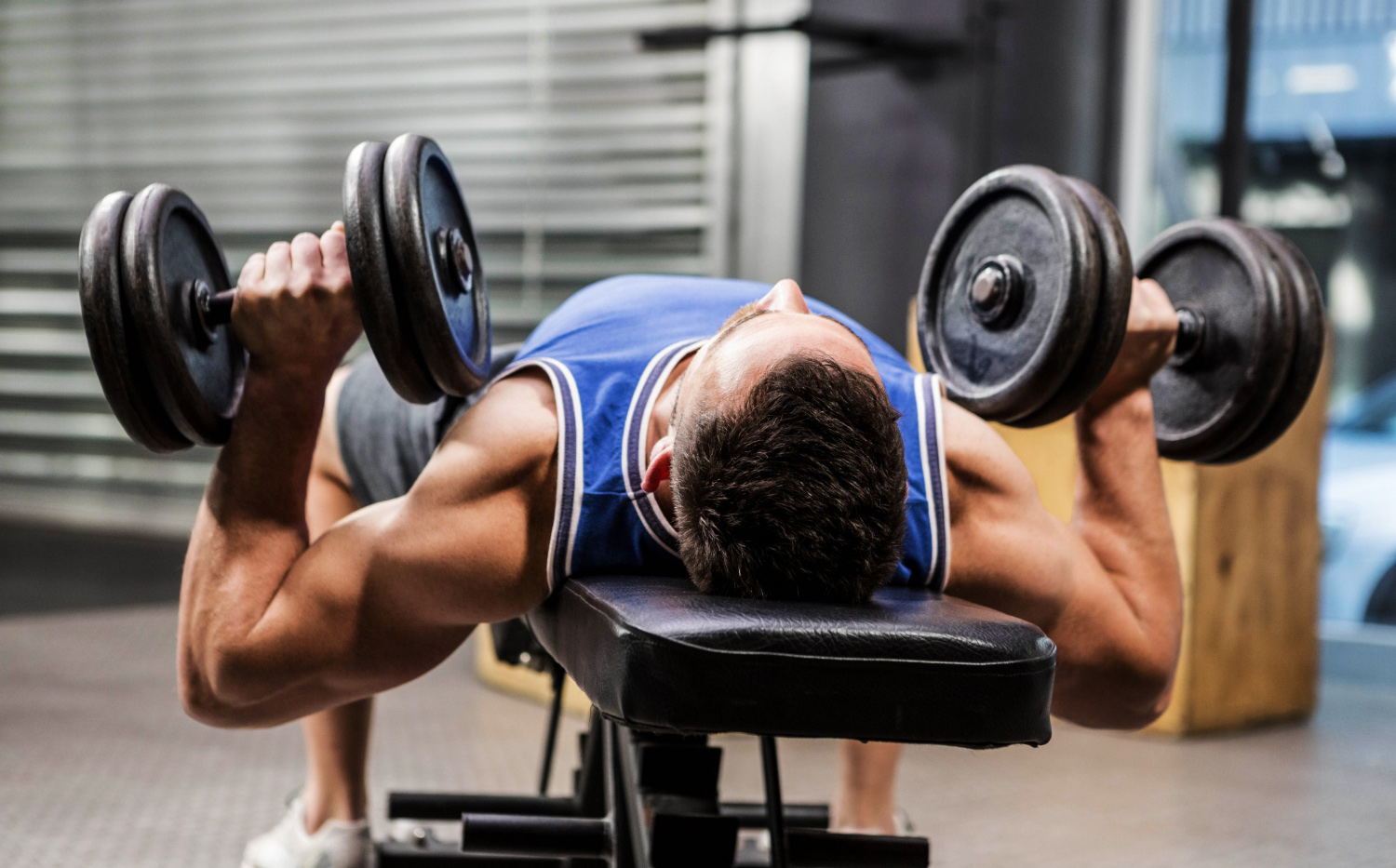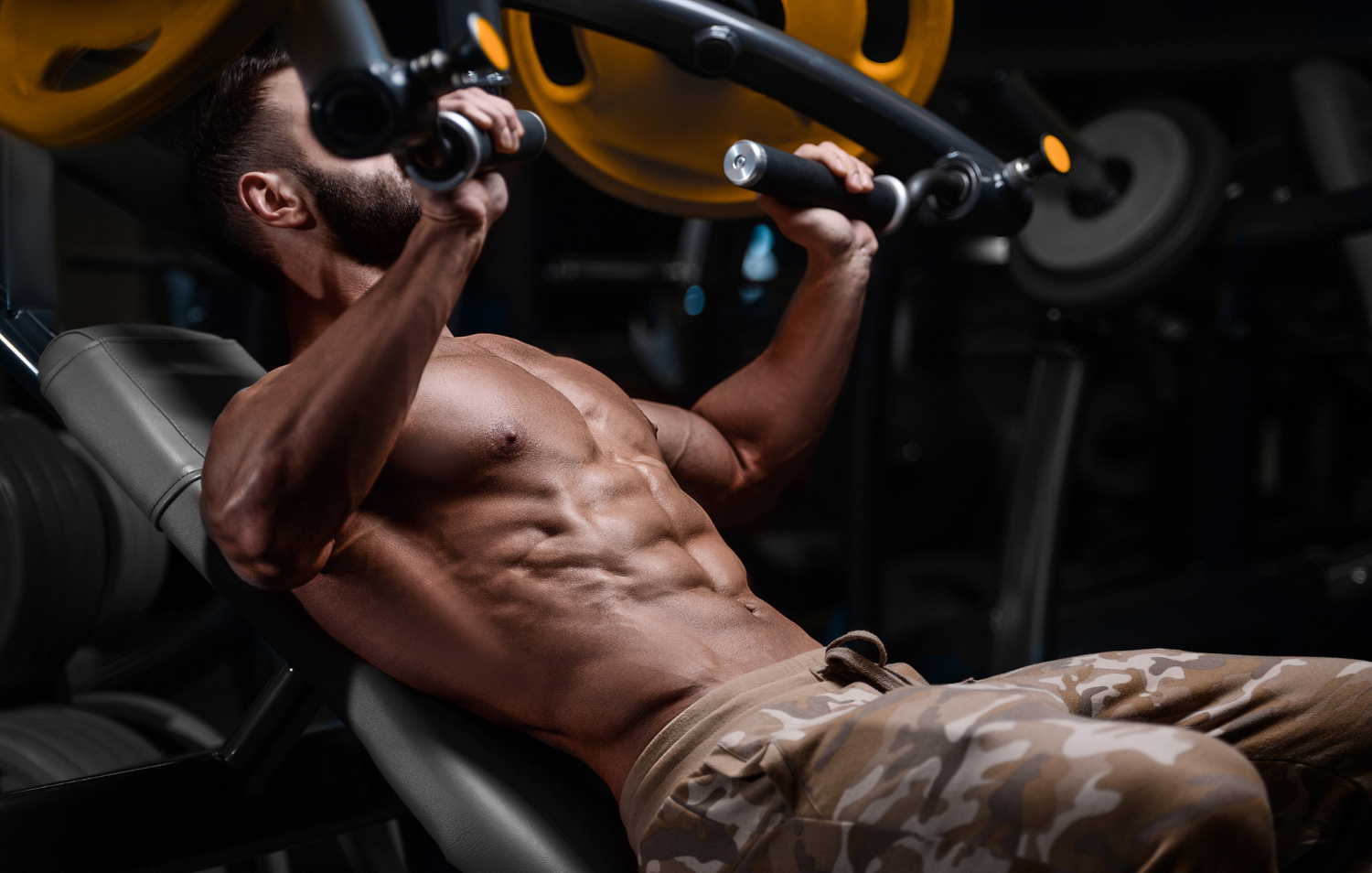Building a strong, well-defined chest is a primary goal for many bodybuilders. However, it’s not uncommon to hit a plateau where your chest muscles seem to stop growing, no matter how hard you train. If you find yourself in this situation, it’s essential to identify and address the factors that might be hindering your progress. Here are five common reasons your chest might not be growing, along with strategies to overcome these obstacles.
Improper Exercise Selection
The Problem
One of the most significant factors that can limit chest growth is the choice of exercises. Many lifters stick to a narrow range of movements, primarily focusing on the flat bench press. While the bench press is an excellent compound movement for chest development, relying on it exclusively can neglect other parts of the chest and lead to imbalanced muscle growth.
The Solution
To ensure comprehensive chest development, incorporate a variety of exercises that target the chest from different angles. Here are some effective exercises to include in your routine:
- Flat Dumbbell Press: Compared to the flat bench press, dumbbells allow for greater pec activation due to the adduction of the arms.
- Incline Bench Press: Emphasises the upper chest.
- Decline Cable Press: Focuses on the lower chest.
- Chest Flyes: Stretch and contract the chest muscles more than presses, enhancing muscle hypertrophy.
- Cable Crossovers: Provide constant tension throughout the movement, targeting the inner chest.
- Single-Arm Side Chest Press: A game changer in maximising pectoral muscle activation at the peak of the contraction. Performed by sitting side on to chest press machine (90 degrees) and pressing with both heavy and very light weighted sets – holding for 2 seconds at the peak of every third rep. This short but intense exercise effectively isolates and activates the chest like no other exercise, as it’s a pressing movement unlike chest flyes.
By diversifying your exercise selection, you can stimulate different parts of the chest and promote more balanced growth.
Poor Form and Technique
The Problem
Even if you’re performing the right exercises, poor form and technique can significantly hinder your progress. Common mistakes include using too much weight, which leads to reliance on other muscle groups, and not achieving a full range of motion, which reduces the effectiveness of the exercise. One of the most critical aspects of proper form is retracting your shoulder blades throughout the movement to target the pectorals. If you don’t retract your shoulder blades, the tension will be placed away from your pecs and onto your shoulders. This is the most common mistake! Most gym-goers who don’t follow this technique are unknowingly, but primarily, working their shoulders. Along with retraction, you need to keep your elbows below shoulder level.
The Solution
Focus on mastering proper form and technique for each exercise, with an emphasis on retracting your shoulder blades and maintaining proper elbow positioning. Here are some tips to improve your form:
- Scapular Retraction Exercise: Stand straight with your arms stretched out in front of you, parallel to the ground. Make fists and lock your elbows straight. Push your arms forward as far as you can; this is called protraction. Now, do the opposite by pulling your arms back while keeping your elbows straight, focusing on bringing your shoulder blades together (retraction). Hold this position for five seconds. Practice this movement (protraction to retraction) until it feels natural. Always start your chest exercises with your shoulder blades retracted and keep the retracted throughout the entire set.
- Elbow Positioning: Keep your elbows below shoulder level. If you lift your elbows to shoulder level, you’ll put more strain on your shoulders. Also, keep your traps (the muscles on the top of your shoulders) down. Use these techniques in all your chest exercises.
- Bench Press and Dumbbell Presses: Lie flat on the bench with your feet firmly on the ground. Lower the bar or dumbbells to your chest with control. Keep your elbows at a 45-degree angle to your body to avoid shoulder strain. Keep your shoulder blades pulled back (retracted) throughout the exercise by imagining you’re holding a pen between them. This helps transfer the tension to your chest instead of your shoulders. Also, keep your elbows below shoulder level.
- Chest Flyes: Perform the movement slowly. Keep a slight bend in your elbows and squeeze your chest at the top of the movement. Retract your shoulder throughout the movement and keep your elbows below your shoulders.
Additionally, consider working with a knowledgeable trainer or experienced lifter to critique your form and provide feedback.
Inadequate Volume and Intensity
The Problem
Volume and intensity are crucial for muscle hypertrophy. If you’re not doing enough sets, reps, or using enough weight, your chest muscles won’t receive the stimulus they need to grow. Conversely, if you’re overtraining, your muscles won’t have enough time to recover and grow.
The Solution
Find the right balance of volume and intensity for your training. Here are some general guidelines:
- Volume: Aim for 10-20 sets per week for the chest, split across multiple workouts. This can be adjusted based on your experience level and recovery ability.
- Intensity: Use a weight that allows you to perform 6-12 reps per set. This range is typically most effective for hypertrophy.
- Progressive Overload: Continuously challenge your muscles by gradually increasing the weight, reps, or sets over time.
- Workout Frequency: Train your chest 2-3 times a week to ensure optimal stimulus and recovery. This helps maintain a balance between training stress and muscle repair.
It’s also important to monitor your body’s response to training. If you’re constantly fatigued or not seeing progress, you might need to adjust your volume and intensity.
Lack of Mind-Muscle Connection
The Problem
The mind-muscle connection is the ability to focus on and feel the muscle you’re working during an exercise. Without this connection, other muscles can take over the movement, reducing the activation of the target muscle—in this case, your chest.
The Solution
Developing a strong mind-muscle connection can significantly enhance your chest workouts. Here are some strategies to improve it:
- Visualisation: Before starting a set, visualise your chest muscles contracting and expanding with each rep.
- Pre-Exhaustion: Perform an isolation exercise like chest flyes before a compound movement like the bench press to pre-fatigue the chest muscles. This makes it easier to feel the chest working during the compound movement.
- Slow and Controlled Movements: Focus on the eccentric (lowering) phase of the exercise. Lower the weight slowly, emphasising the stretch and contraction of your chest muscles.
- Posing and Flexing: Spend a few minutes each day flexing and posing your chest muscles. This practice can enhance your ability to engage these muscles during workouts.
- Low Weight Sets: Perform some sets with lighter weights to focus more on the chest muscles and less on stabilisers and other muscles. Lower weight allows you to better feel and activate the target muscle, ensuring a stronger mind-muscle connection.
By enhancing your mind-muscle connection, you can ensure that your chest is doing the majority of the work during chest exercises, leading to better muscle activation and growth.
Insufficient Nutrition and Recovery
The Problem
Muscle growth doesn’t happen in the gym; it occurs during rest and recovery when your body repairs and builds new muscle tissue. Without proper nutrition and sufficient recovery, your chest muscles won’t have the resources they need to grow.
The Solution
Pay close attention to your diet and recovery strategies. Here are some key components:
- Protein Intake: Consume enough protein to support muscle repair and growth. Aim for 1.2-2.2 grams of protein per kilogram of body weight per day, depending on your training intensity and goals.
- Caloric Surplus: To build muscle, you need to consume more calories than you burn. Ensure you’re in a slight caloric surplus to provide the energy required for muscle growth.
- Balanced Diet: Include a variety of nutrient-dense foods to supply your body with vitamins, minerals, and other essential nutrients. Focus on lean proteins, complex carbohydrates, healthy fats, and plenty of fruits and vegetables.
- Hydration: Stay well-hydrated, as dehydration can impair muscle function and recovery.
- Rest and Sleep: Aim for 7-9 hours of quality sleep per night to support muscle recovery. Additionally, schedule rest days to allow your muscles to repair and grow.
By optimising your nutrition and recovery, you can provide your chest muscles with the necessary resources to grow and develop.
Building a bigger, stronger chest requires more than just hard work in the gym. By addressing the common reasons your chest might not be growing—improper exercise selection, poor form and technique, inadequate volume and intensity, lack of mind-muscle connection, and insufficient nutrition and recovery—you can break through plateaus and achieve your bodybuilding goals.
Remember, patience and consistency are key. Muscle growth takes time, and making small, consistent improvements in your training and lifestyle can lead to significant progress over time. Keep evaluating and adjusting your approach, and you’ll be well on your way to building the impressive chest you desire.




